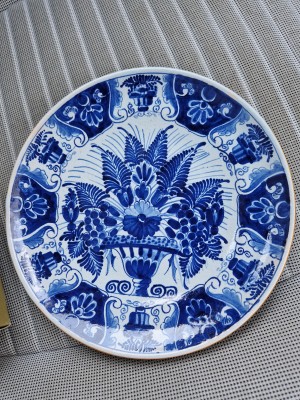Femke Diercks is conservator Europese keramiek en glas in het Rijksmuseum in Amsterdam. Sinds 2009 is ze werkzaam bij het Rijksmuseum, waar ze eerder onderzoek deed voor de catalogus Paris 1650-1900. Decorative Arts in the Rijksmuseum.
In 2015 organiseerde zij samen met Jan van Campen de tentoonstelling Azië in Amsterdam. Luxe in de Gouden Eeuw. Momenteel werkt zij aan de (online) bestandscatalogus voor de collectie Delfts aardewerk.
Last comments
Not Delftware
Vase
Verdict:
- Not Delftware
Analysis:
- Not made in Delft
- Hand-painted
- Unidentified mark
color scheme and production suggest a 20st century product, not Delft
Not Delftware
Wandbordje
Verdict:
- Not Delftware
Analysis:
- Not made in Delft
- Tin-glazed earthenware
- Hand-painted
- Forged mark
helaas niet authentiek
Not Delftware
Aardewerk koetje
Verdict:
- Not Delftware
Analysis:
- Not made in Delft
- Tin-glazed earthenware
- Hand-painted
- Unmarked
Het kan wel aan het einde van de 18de eeuw of in de 19de eeuw gemaakt zijn, maar is geen Delfts in elk geval
Not Delftware
2 vaasjes
Verdict:
- Not Delftware
Analysis:
- Not made in Delft
- Tin-glazed earthenware
- Hand-painted
- Forged mark
helaas niet authentiek
Not Delftware
5 delig kaststel
Verdict:
- Not Delftware
Analysis:
- Not made in Delft
- Tin-glazed earthenware
- Hand-painted
- Forged mark
helaas niet authentiek
Pieter Adriaensz Kocks
Analysis:
- Not made in Delft
- Tin-glazed earthenware
- Hand-painted
- Forged mark
helaas niet authentiek
Not Delftware
Dekselvaas met zilver
Verdict:
- Not Delftware
Analysis:
- Not made in Delft
- Tin-glazed earthenware
- Hand-painted
- Forged mark
helaas niet authentiek
Not Delftware
Klaauw schaal?
Verdict:
- Not Delftware
Analysis:
- Not made in Delft
- Tin-glazed earthenware
- Hand-painted
- Forged mark
helaas niet authentiek
Not Delftware
Pair Delft Jars with Lids
Verdict:
- Not Delftware
Analysis:
- Not made in Delft
- Tin-glazed earthenware
- Hand-painted
- Forged mark
helaas niet authentiek
Not Delftware
bord
Verdict:
- Not Delftware
Analysis:
- Not made in Delft
- Tin-glazed earthenware
- Hand-painted
- Forged mark
Merk:
- AK False
helaas een vervalsing






















